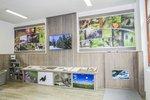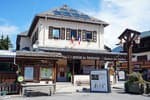The approach to the Tré la Tête glacier
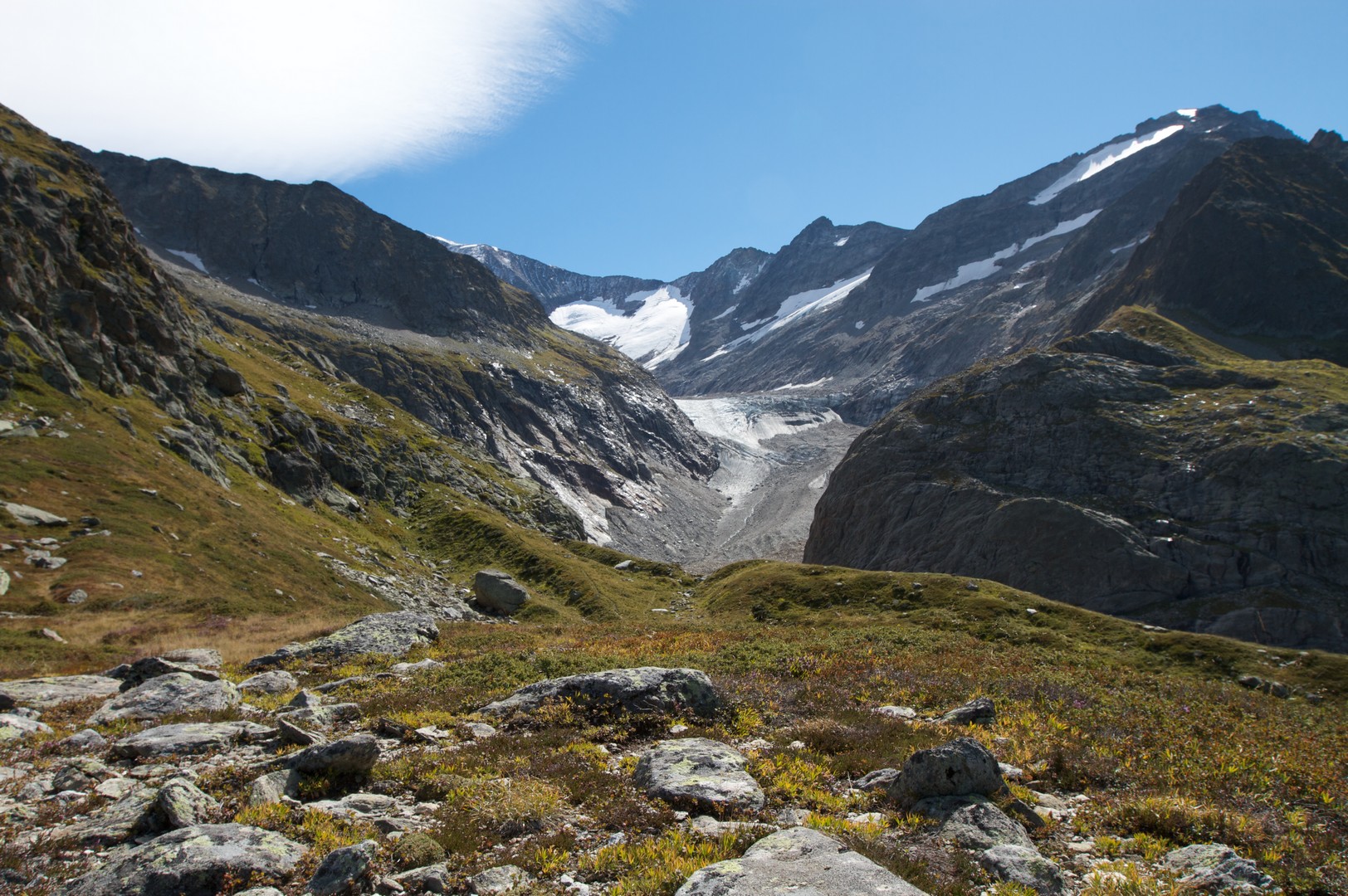
Les Contamines-Montjoie
The approach to the Tré la Tête glacier
Medium
5h
11,5km
+943m
-943m
Embed this item to access it offline
From the forest to the face of the glacier, this hike immerses you in the ambience of the most elevated nature reserve in France. This itinerary gives you a feeling of soaring with an unbeatable view of the legendary peaks of the Alps!
9 points of interest
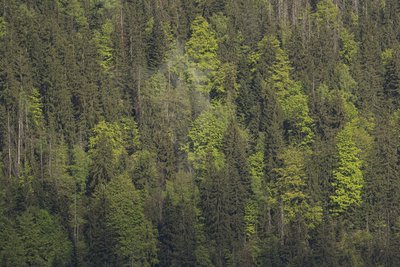
Forêt mixte de montagne - Geoffrey Garcel - CEN 74  Flora
FloraMixed mountain forests
In the mountains, landscapes and vegetation rapidly change as altitude increases. This is known as the "altitudal zonation" of the vegetation. Areas between 800m and 2000m altitudes are considered mountainous zones. Welcome to the Forest Kingdom! You can see beautiful mixed forests, in which various deciduous trees coexist. Deciduous trees shed their leaves in autumn (such as beeches) and evergreen species (such as spruces or firs)... Be as quiet as the wind and listen carefully, you might have the opportunity to hear a Woodpecker or the Hazel Grouse which are very difficult to observe!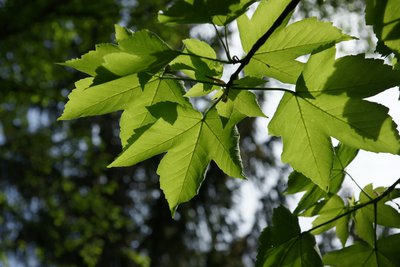
Feuille de plane - Julien Heuret - CEN 74  Flora
FloraSycamore Maple
"Maple for the sledges"... A mysterious folk expression from Savoie! This tree can be recognised by its finely carved 5-lobed leaves and its fruit, called the samaras. Their forward-curved winglets make them fall like a tiny helicopter, allowing them to disperse over a large area! The trees, with their trunks growing in the shape of a crook, i.e. arched under the weight of the snow, were used to make "lugeons", the kind of sledges that were once used to transport hay in the mountains...
Gélinotte des bois_ Glacier Tré la Tête - Geoffrey Garcel - CEN 74  Fauna
FaunaThe Hazel Grouse
It is the smallest and most discreet of the mountain Galliformes species. Being an exclusively forest-dwelling spieces, it is much less well-known than the Lyre Grouse or the Rock Ptarmigan! Yet it is also important from a biological and scientific point of view: it is an environmental change indicator species. It's quite picky in its needs for vegetation and variety of tree species. Degraded and badly managed forests jeopardise its survival, which is one of the main causes of the species' decline.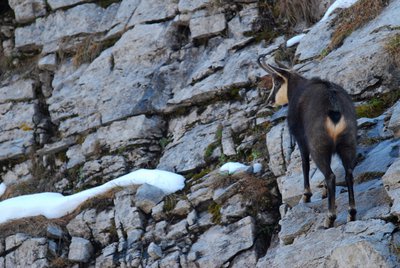
Chamois perché - Frank Miramand - CEN 74  Fauna
FaunaThe Chamois
The Latin name means "rock goat". This hoofed animal is a first-rate athlete, perfectly adapted to its natural environment: its claw-like hooves are just as good for clinging to rocks as they are for carrying its body across snow! If danger arises, it can flee down even the steepest rocky slopes. Its cardio-respiratory system enables it to cover 1,000 m in 15 minutes, whereas a human can cover an average of 350 m in 1 hour!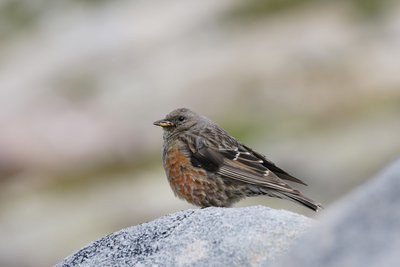
Accenteur alpin - Julien Heuret - CEN 74  Fauna
FaunaThe Alpine Accentor
This ball of feathers weighing less than 50 g is a typical bird inhabiting alpine environments. Present in the mountains all year round, it can be observed between 1800 and 4000 m altitude. It nests in rock holes and descends to more favourable altitudes in winter. Its diet is adapted to the season: it feeds mainly on insects in summer, seeds in autumn and takes advantage of the food available around cabins in winter! They are not shy, and it is not unusual for them to approach humans.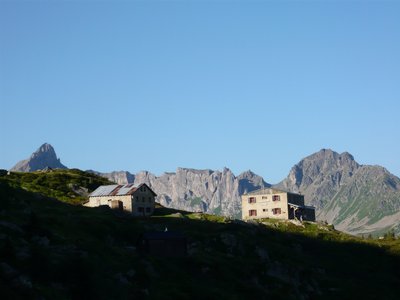
Refuge de Tré la Tête_ Glacier de Tré la Tête - Geoffrey Garcel - CEN 74  Refuge
RefugeTré-la-Tête refuge
This refuge, situated at an altitude of 1970 m, has a history spanning over a century. Founded in 1907 to accommodate the pioneers of mountaineering, it is now a meeting place for all mountain enthusiasts. Whether you're a mountaineering enthusiast, a hiker on a day trip or a touring mountaineer, this is where your paths may cross. Conveniently located, it offers breathtaking views of the surrounding peaks as well as of the village 900 m below!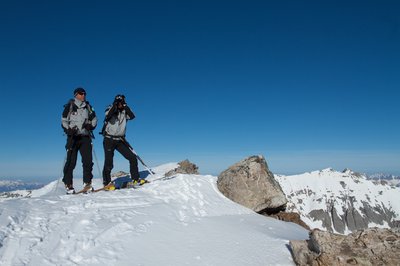
Surveillance de la réserve naturelle _Glacier de Tré la Tête - Geoffrey Garcel - CEN 74 
A glacier and humans
The Tré-la-Tête glacier is a mountaineering paradise. It is bordered by the legendary peaks of the Mont-Blanc massif, such as the Dômes de Miage and the Aiguille Nord de Tré-la-Tête, the highest point in the Nature Reserve at 3,892m. It is the crossing point for a number of regular and ski-mountaineering routes. Since the end of the nineteenth century, it has played an important role in the evolution of mountaineering.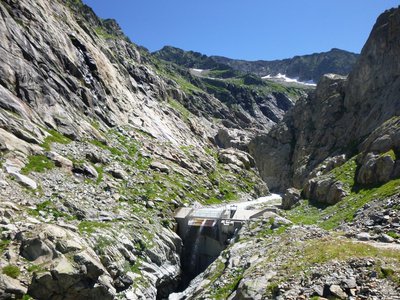
Prise d'eau - CEN 74 
World's first under-glacier water supply
In 1939, Max Waeber, an engineer, secured a world's first under-glacier water source. The captured water is still used to irrigate an artificial lake (Lac de la Girotte, in the Beaufortin region) across ten kilometres of underground tunnels, for the purposes of hydropower generation. In 2011, the Nature Reserve, in partnership with EDF, carried out a programme to dismantle the industrial infrastructure linked to the creation of this water supply (sleeping quarters and cable cars).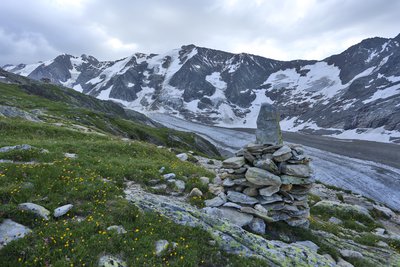
Vue sur le glacier _ Glacier de Tré la Tête - Geoffrey Garcel - CEN 74 
Tré-la-tête glacier
This glacier, the name of which means " over the head ", is the fourth largest in France! It is being studied in relation to climate change. Its condition has been monitored by the Nature Reserve since 2014, assessing the volume of ice gained or lost. This is known as mass balance. It is 8 km long, and its tongue of ice runs from the Infranchissable pass on the Italian border at an altitude of 3,300 m, right up to the place where you are standing!
Description
Leave the car park in Contamines-Montjoie and follow the paved road through the forest. At the junction, take the path on your right signposted "Refuge de Tré-la-Tête". Turn left onto the footpath signposted "Tré-la-Tête par les plans". At the crossroads, follow the Claudius Bernard path towards the refuge. At the refuge, take the left-hand path to the Glacier de Tré-la-Tête. The return journey is on the same path. At the junction, take the left-hand path down back to the departure point.
- Departure : Le Cugnon, Les Contamines-Montjoie
- Arrival : Le Cugnon, Les Contamines-Montjoie
- Towns crossed : Les Contamines-Montjoie
Altimetric profile
Sensitive areas
Along your trek, you will go through sensitive areas related to the presence of a specific species or environment. In these areas, an appropriate behaviour allows to contribute to their preservation. For detailed information, specific forms are accessible for each area.
- Impacted practices:
- Aerial, , Land, Vertical
- Contact:
- Asters - Conservatoire d'espaces naturels de Haute-Savoie
contact@cen-haute-savoie.org
Black grouse - winter
- Impacted practices:
- , Land
- Sensitivity periods:
- JanFebMarAprDec
- Contact:
Recommandations
Always exercise caution and plan ahead when hiking. Asters, CEN 74 cannot be held responsible for any accident or incident that may occur on this trail.
Information desks
Chef-lieu, 74170 LES CONTAMINES MONTJOIE
18 Route de Notre Dame de la Gorge, 74170 Les Contamines-Montjoie
Transport
Bus shuttles depart from the village centre of Les Contamines-Montjoie (from late June to early September).
Access and parking
Head for Les Contamines-Monjoie and as you leave the village, cross the bridge opposite the Armancette stream and follow the signs to the Tré-la-Tête car park. The parking area is on the left of the road just before the village exit sign.
Parking :
Parking Tré la tête
Report a problem or an error
If you have found an error on this page or if you have noticed any problems during your hike, please report them to us here:
